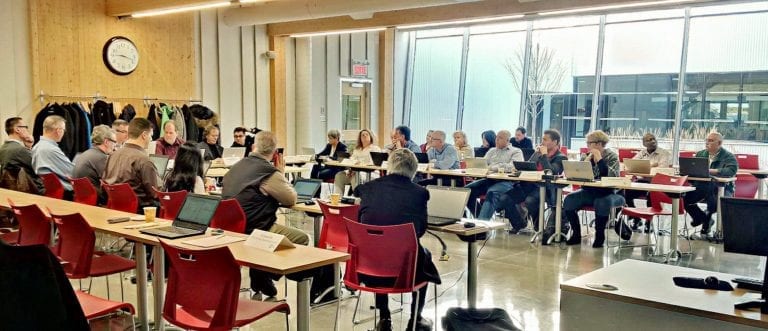As a consultant I have heard the same old stories over and over again. It is the perennial human condition of deferred maintenance. Here is my take on the seven primary reasons why buildings don’t get sufficient maintenance and why each of these reasons is based on flawed logic.
1. We don’t believe it is necessary.
This group is not convinced that maintenance provides a return on the investment and, therefore, considers it to be a waste of money. I will refer to this as the “Prove-it-to-us” problem. Part of the solution is to demonstrate how maintenance can extend the life of building components, thereby delaying big-ticket items. Maintenance also mitigates against the costs of shutdowns, outages, and other failures–thereby stretching dollars.
2. We don’t want to think about it until we absolutely have to.
This group adopts the attitude that “if it ain’t broke don’t fix it.” They prefer to sweat the asset, run it to failure, and try out the just-in-time approach. This is misguided thinking, and I refer to this as the “Let’s-wait-and-see” problem. Part of the solution is to demonstrate how reactive management is like walking a tightrope: it has unintended consequences. This approach will cost more in the long run in monetary terms and in other painful ways.
3. We don’t care what happens.
This group adopts the ostrich mentality by burying their heads in the sand. This is short-sighted, and I will refer to this as the “To-hell-with-it” problem. The solution is to point out that this is irresponsible thinking. The reality is that nothing lasts forever. It may be necessary to refer these owners to legal requirements, court cases, fines, and penalties.
4. We don’t know what is expected of us.
This group has not taken the time to educate themselves about the fundamentals of building ownership. This is undisciplined thinking, and I will refer to it as the “We-are-confused” problem. Part of the solution is to offer education to raise the owners’ level of understanding and empowerment.
5. We thought our building was being maintained.
This group shares some similarities with the previous group, but differs in that they did not have any conscious knowledge of their status. They are taken by surprise. I refer to this as the “Ignorance-is-bliss” problem. Part of the solution is to provide a status report to awaken the group and to set up systems and procedures with the necessary checks and balances to keep the maintenance program on-track.
6. We don’t have enough money to do it.
Life is about balancing the demands of competing needs. We need money for insurance, money for utilities, money for many things, and, also, money for maintenance. I refer to this as the “We-can’t-afford-it” problem. The solution is to develop an appropriate prioritization scheme to reconcile the things that are urgent from the important. It is important for these owners to understand that it will cost more money in the long term if the building is not maintained properly.
7. We don’t have someone in charge to help us.
This group is behaving like lemmings who are mindlessly running over the cliff until someone steps forward to stop them. This is undisciplined thinking, and I will refer to this as the “We-are-disorganized” problem. The solution is to build the appropriate team, appoint a leader to take the rudder, and establish the necessary systems and procedures for tracking and reporting on maintenance.
Once there is an understanding of the combination of these seven factors at play in your building, we can develop an appropriate plan of action. Contact our experts at RDH today.


